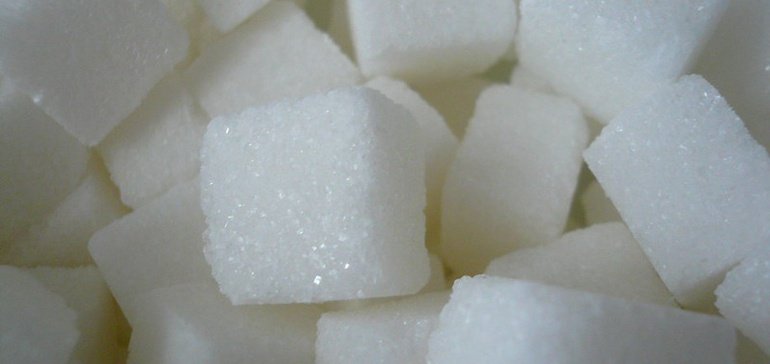Bonumose is set for 2022 tagatose launch

Dive Brief:
- Sweetener maker Bonumose is prepared to start producing and marketing tagatose in 2022. The USDA and Health Canada have each approved the company’s method of producing the rare sugar, meaning it can be sold in both North American nations. Cane sugar refiner and marketer ASR Group will distribute the sweetener.
- Bonumose’s method of producing tagatose through plant-based starch and enzymes lowers the cost of the sweetener, which the company says has been the primary obstacle to its use so far.
- Bonumose, which received an equity investment of $27.1 million earlier this year that was co-led by ASR Group and Hershey, is also working on low-cost enzyme-driven methods of producing several other rare sugars, including allulose and allose.
Dive Insight:
Tagatose first received generally recognized as safe status from FDA 20 years ago, but it hasn’t yet been in wide use. It has everything that many manufacturers are looking for in a sweetener — it’s 90% as sweet as sugar with no off-flavors and has similar structural properties, is low-calorie, has a low glycemic index and does not promote tooth decay. But the traditional ways of making it are expensive.
Being able to produce it in a relatively inexpensive way could be a game changer for the food and drink business, considering manufacturers are always looking for new ways to cut down on sugar in their products. Half of consumers who are 24 and older would like to reduce their sugar intake, according to a study from FONA International.
“A low-cost tagatose supply is highly sought after by leading, global food companies for a wide variety of applications that meet sugar-reduction targets in confectionery, ready-to-eat cereal, ice cream, yogurt, beverages, meal replacement drinks, cookies, bars and other popular categories,” Bonumose Co-founder and CEO Ed Rogers said in a written statement. “Tagatose’s unique features enable it to meet calorie-reduction targets without compromising taste or texture while working within companies’ existing food production lines.”
Bonumose has vital partners in advancing the commercialization of tagatose next year. Not only is it working with ASR Group, but Hershey also seems likely to start using tagatose in confections when it is available. Hershey didn’t just co-lead the February investment in Bonumose, it also is funding the company’s expansion into a new $27.7 million R&D and manufacturing facility in Charlottesville, Virginia. As Hershey is doubling down on its better-for-you candy platform, it is in prime position for launches using tagatose next year.
ASR has also been testing tagatose with its customers, according to Bonumose’s release. It has been able to create product formulations using tagatose, the release says, without taste or function issues.
“Using these insights, we forecast demand may already outstrip the production capacity at Bonumose’s first production plant, and we will likely need to scale up as soon as possible,” Jim Kappas, ASR Group’s vice president of specialty ingredients said in the statement.
That may spell the best kind of bad news for a company making alternative sweeteners. Tate & Lyle, which was the first manufacturer to widely produce allulose, has seen its popularity take off so much that the company says it is difficult to meet demand. Earlier this year, Tate & Lyle said that it was working to quickly increase manufacturing capacity to deal with the surge.
One of the reasons for allulose’s success is a 2019 FDA ruling stating that because allulose is metabolized differently than conventional sugar, it does not need to be included under a product’s total sugars on the Nutrition Facts panel. Bonumose has asked FDA for similar treatment for tagatose and other rare sugars on labels. Amy Preston, Hershey’s senior manager of R&D Regulatory, Nutrition and Agile Innovation, wrote in a blog post that the company would also advocate for such treatment. The company also made a similar request to FDA.
Regardless of what happens with labeling of tagatose, Bonumose may have the advantage in the end. It’s also working toward commercializing a low-cost allulose ingredient.
Source: fooddive.com

